Auf der Suche nach fernen Welten ist Wissenschaftlern wohl ein Durchbruch gelungen. Sie entdecken im Sonnensystem "Kepler-90" den achten Planeten. Das Besondere: Sie hatten Hilfe. Aufgespürt hat den Himmelskörper eine von Google entwickelte künstliche Intelligenz.
Die Software könnte den Beginn einer einmaligen Entdeckungsreise in den Weiten des Alls bedeuten.
Learn more / En savoir plus / Mehr erfahren:
https://www.scoop.it/t/21st-century-innovative-technologies-and-developments/?&tag=Space
https://www.scoop.it/t/21st-century-innovative-technologies-and-developments/?&tag=Kepler
https://www.scoop.it/t/21st-century-innovative-technologies-and-developments/?&tag=AI



 Your new post is loading...
Your new post is loading...

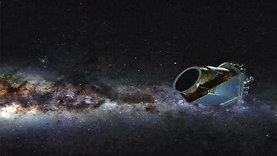

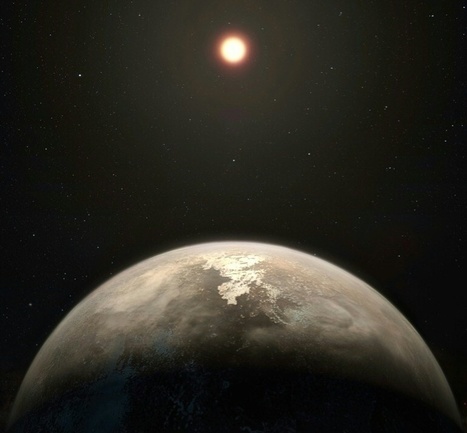
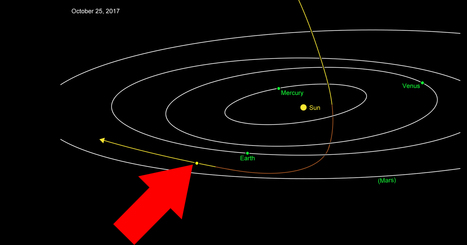
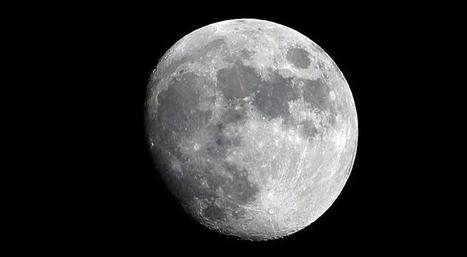

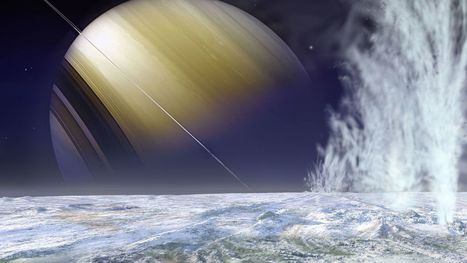
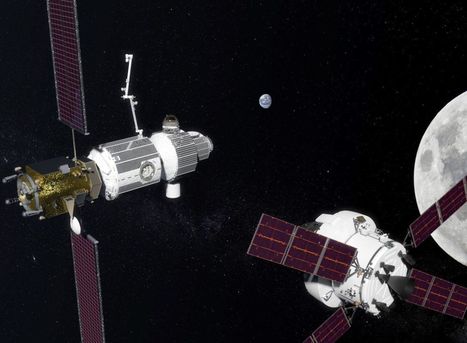
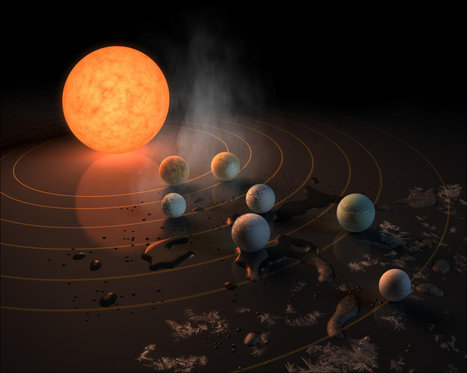

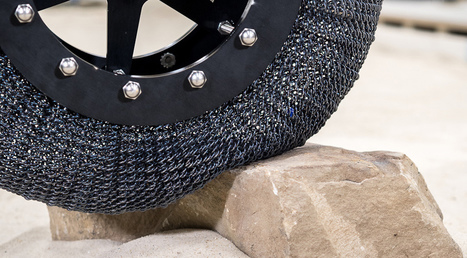
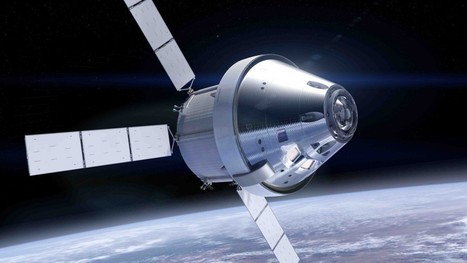




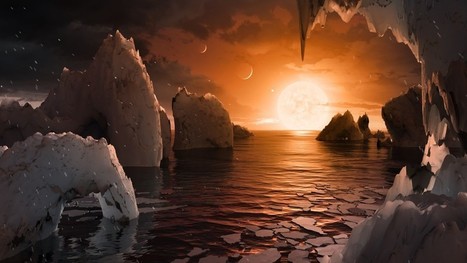
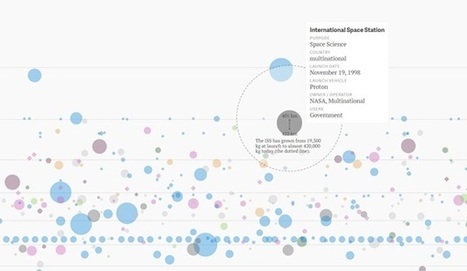





Die Software könnte den Beginn einer einmaligen Entdeckungsreise in den Weiten des Alls bedeuten.
Learn more / En savoir plus / Mehr erfahren:
https://www.scoop.it/t/21st-century-innovative-technologies-and-developments/?&tag=Space
https://www.scoop.it/t/21st-century-innovative-technologies-and-developments/?&tag=Kepler
https://www.scoop.it/t/21st-century-innovative-technologies-and-developments/?&tag=AI